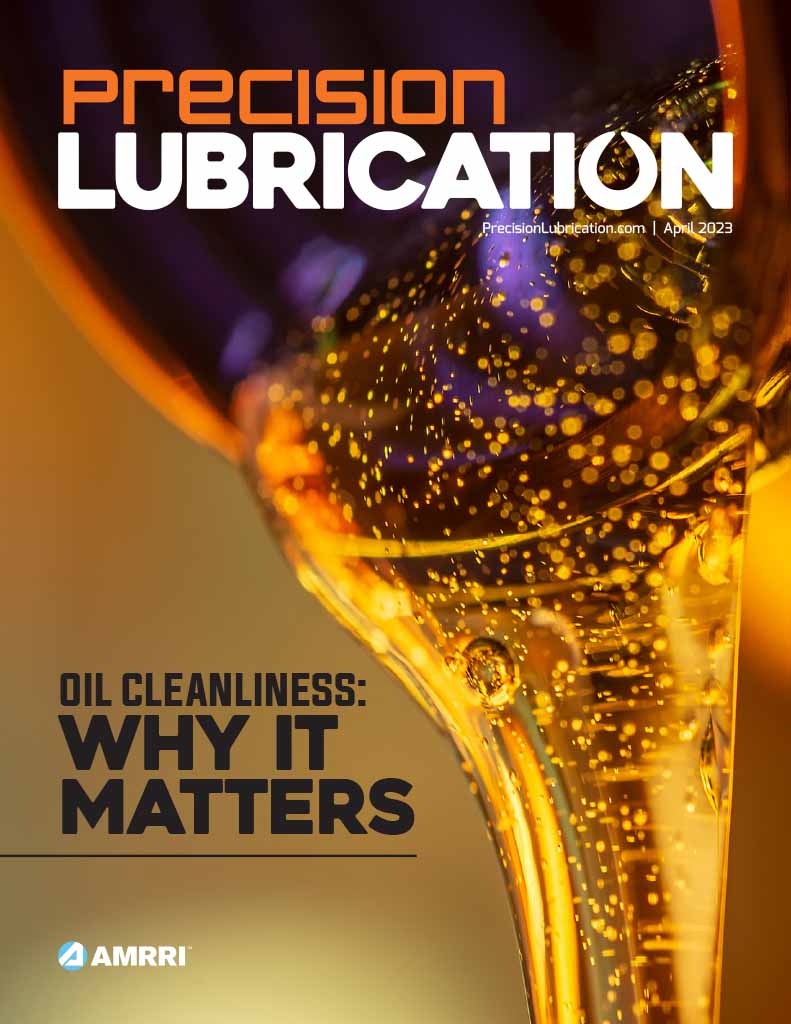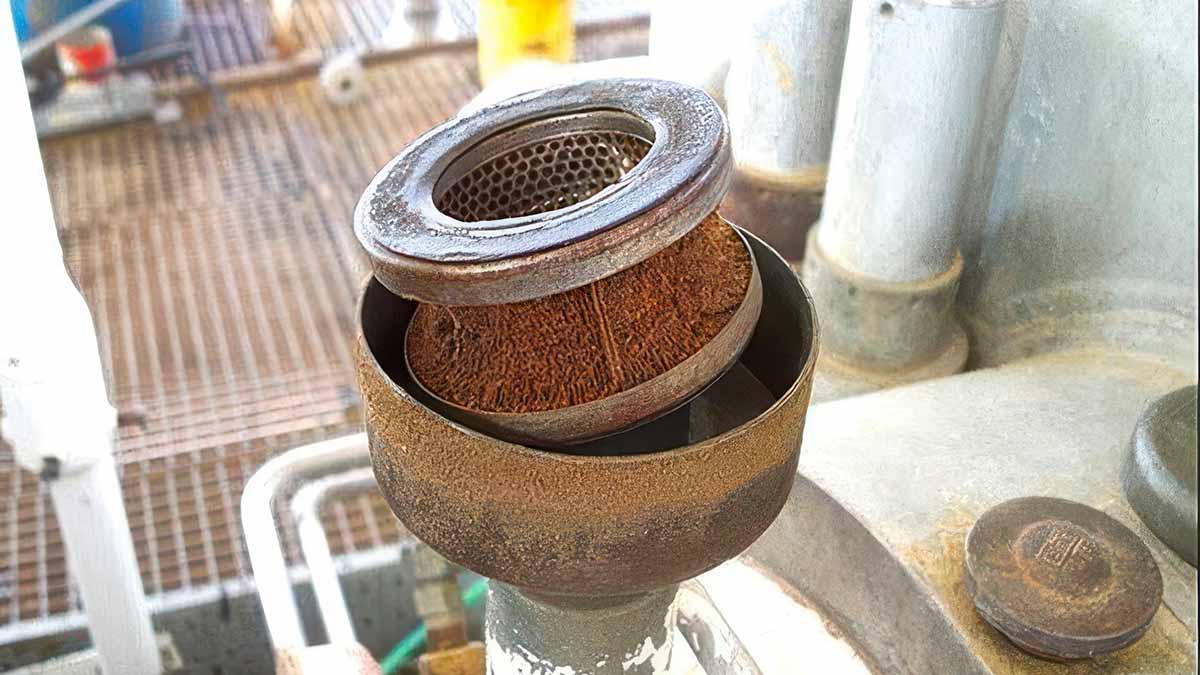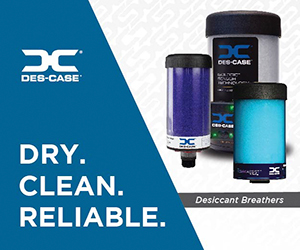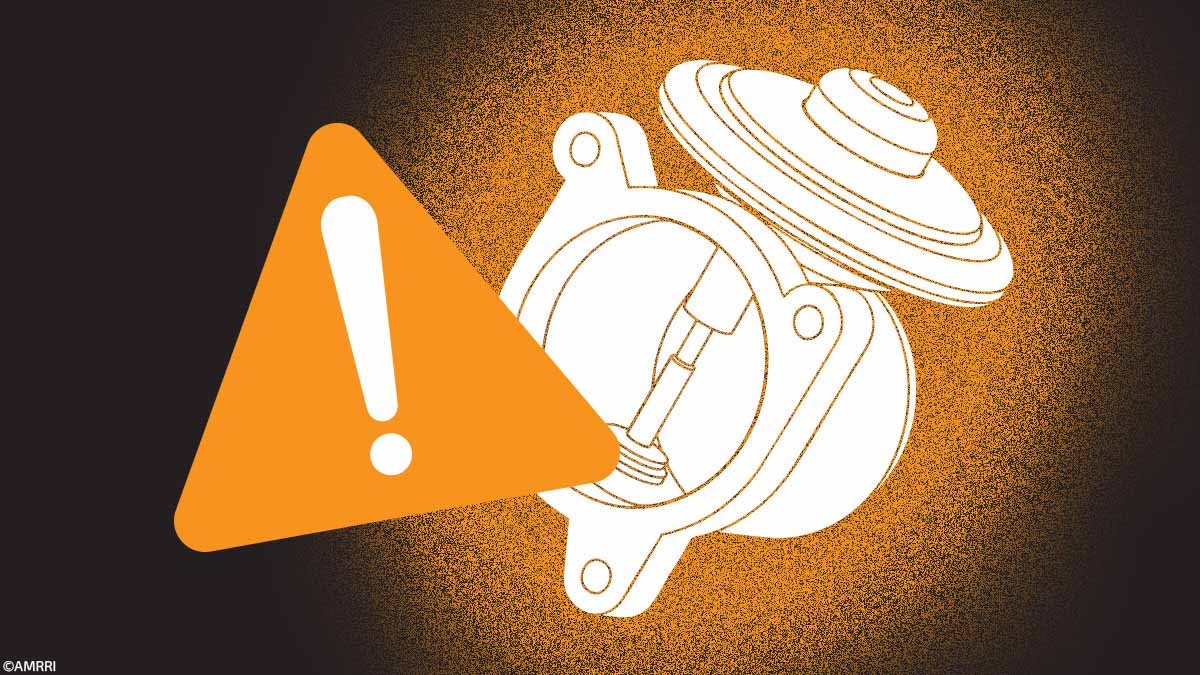Over the past two decades, while conducting numerous Lubrication Benchmark Assessment audits across a wide range of industries—from Oil and Gas, refineries, petrochemical plants, and power generation facilities, I have witnessed one of the most neglected areas of machinery lubrication that has an enormous impact on the health of lubricant: the air breather.
In almost every audit, regardless of the plant’s size, automation level, or maintenance philosophy, the condition of installed air breathers—especially desiccant breathers—tells a consistent story of negligence. These components are the frontline defense for lubricant cleanliness, yet they are treated as accessories—something to check off during plant commissioning, and then forgotten.
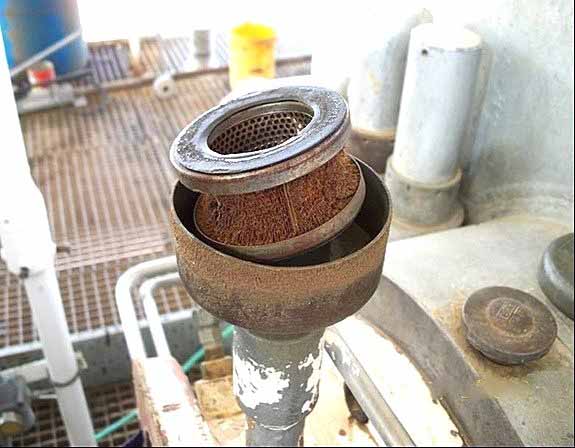
Figure 1. A breather clogged with airborne dust
The Reality on the Ground
During on-site audits and inspections, I frequently come across saturated, cracked, or in worst cases, even missing breathers on critical lubrication systems—gearboxes, hydraulic reservoirs, and lube oil tanks. In many such cases, the breathers were never inspected after commissioning. In others, they were bypassed completely, with open ports left exposed to ambient air contaminated with dust, humidity, and in some environments, chemical vapors.
A recent case at a cement plant perfectly illustrates how critical this oversight can be. A vertical gearbox driving the clinker conveyor failed catastrophically due to bearing seizure. It was a painful failure, not just in terms of downtime due to production losses but also in terms of what it revealed.
The gearbox breather was completely saturated, discolored, clogged, and non-functional upon inspection. Worse, it had not been checked or replaced for over a year. The ambient environment was rich in fine cement dust, mainly silica-based, which had found its way into the gearbox through the compromised breather.
“Airborne contaminants like silica dust and alumina particles are harder than bearing steel and can cause abrasive wear if they enter the lubrication system.”
We pulled the oil analysis history. The last two reports had already raised red flags:
- ISO 4406 Cleanliness Code of 24/22/19
- Ferrous wear metal content of 1348 ppm
- Significant dark sludge buildup at the sump
Lab tests confirmed that over 90% of the sludge was silica dust. No corrective action had been taken. Three months later, abrasive wear had escalated, leading to pitting and micro-spalling of the rolling elements. The bearings failed, and a key section of the plant came to a standstill with them.
The Tick-Box Mentality Needs to Change
I often see machinery vendors include basic breathers—mesh strainers or cheap cartridge types- during the procurement or project commissioning phase, to meet OEM checklists. These breathers are not selected based on the actual environmental risks of the plant. They are rarely tested for field durability in dusty, humid, or corrosive atmospheres.
Project teams—primarily focused on completion deadlines—tend to overlook these details. Once the handover is done, Operations & Maintenance teams inherit the reliability headaches. Unfortunately, breather degradation is not easily visible—until it’s too late.
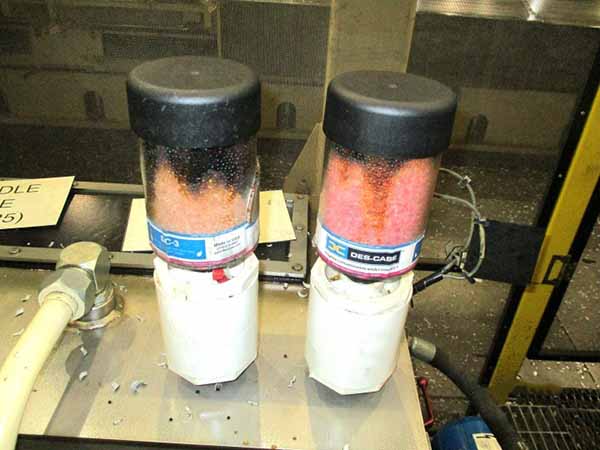
Figure 2. Desiccant breathers saturated with moisture. One of the breathers is even cracked needing immediate replacement. The blackish brown top layer on the desiccant beads is typically due to accumulated airborne dust, dirt, oil mist, vapors, or other fine contaminants.
Breathers: Passive Devices with Active Protection Roles
Air breathers are more than just accessories—they are active guardians of oil quality. Every time a reservoir breathes, ambient air gets pulled in or expelled. If that exchange occurs without proper filtration, dust, moisture, and vapors become uninvited guests in your lubricant reservoir, leading to degraded additive packages and accelerated machinery wear.
Desiccant breathers, when properly selected and maintained, perform three critical functions:
- Moisture Control – Preventing reservoir water condensation, especially during daily thermal cycles.
- Particulate Exclusion – Filtering airborne dust and debris before they reach the lubricant.
- Headspace Pressure Balance – Allowing controlled airflow without creating pressure or vacuum buildup that could damage seals.

Figure 3. Dusty / Dirty breather on a pump bearing housing
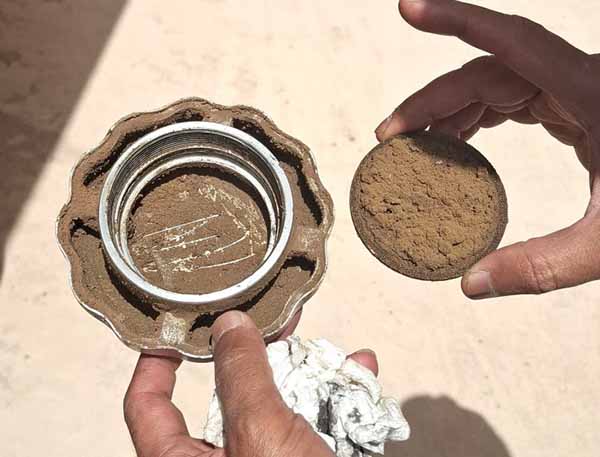
Figure 4. A clogged air breather
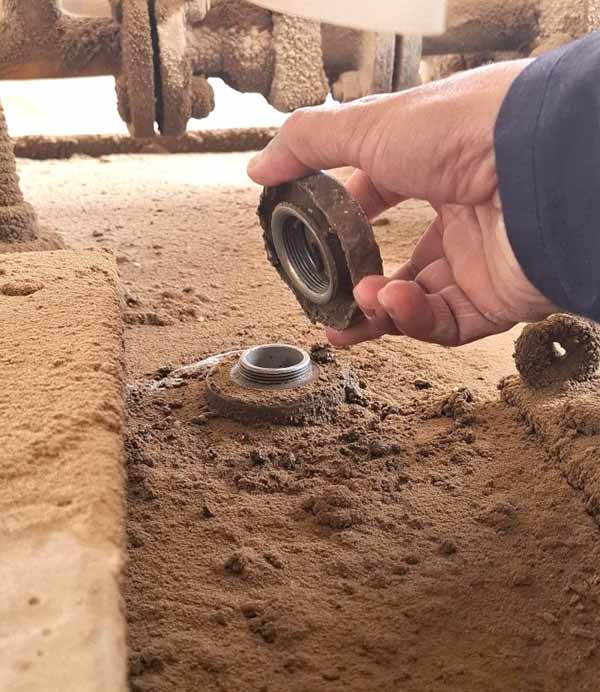
Figure 5. Dust accumulation around the breather
The Way Forward: Build Discipline Around Breather Maintenance
Contamination control must be a core pillar of any lubrication reliability program.
To avoid preventable failures, proper training of operators and technicians, as well as designing effective PM routines, is required.
- Routine Inspections: Technicians must be trained to check breather saturation (watch for silica color changes), assess airflow restriction (from clogging), and replace damaged units.
- Environmental Assessment: Selection of breathers should be site-specific, not one-size-fits-all. Plants with high humidity or heavy dust need robust desiccant or hybrid breathers.
- PM Program Inclusion: Breathers should be part of routine checks, like filters, not “set and forget” items. Condition-based replacement or defined interval-based change-outs should be part of your SOPs.
- Keep stock: Breathers should be part of your spare parts inventory.
Lubrication Reliability Starts at the Breather
In the world of lubrication, we often focus on advanced filtration skids, high-end lab testing, and expensive sensors. But the real battle starts at the entry point—the breather.
Let’s change the mindset. Let’s stop treating breathers as cheap accessories. They are essential reliability tools. Recognize them as the first barrier against wear, moisture, and premature failure. Don’t wait for an oil analysis report to confirm what you could have prevented.
A few minutes spent inspecting or replacing them can save you weeks of downtime and thousands in repairs.
The battle for clean oil begins before oil analysis. It starts at the breather.

